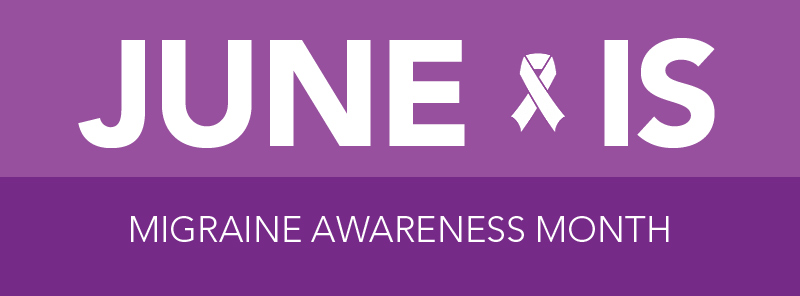
Am I Experiencing a Migraine?
By Ashlie Teixeira-Smith, APRN, MSN, FNP-C, BSN with Sierra Neurosurgery Group
 In the United States there are approximately 48 million Americans who suffer from chronic headaches and 28 million suffer from migraine type headaches. A Migraine headache is described as a throbbing headache that may be accompanied by nausea, vomiting, light/noise sensitivities. They are typically unilateral and last longer than 4 hours. If you experience frequent headaches like these, you may suffer from chronic migraines.
In the United States there are approximately 48 million Americans who suffer from chronic headaches and 28 million suffer from migraine type headaches. A Migraine headache is described as a throbbing headache that may be accompanied by nausea, vomiting, light/noise sensitivities. They are typically unilateral and last longer than 4 hours. If you experience frequent headaches like these, you may suffer from chronic migraines.
Migraines occur either with or without an aura. Most patients experience migraines without aura; however, an aura is a sensory warning symptom that occurs prior to the onset of migraines. Auras are the result of a dysfunctional nervous system that can include: visual disturbances (flashes of lights), touching sensations (sensory), movement (motor), or speech (verbal) disturbances. Even less commonly, some migraine sufferers experience an aura associated with limb (arm or leg) weakness.
There are a few alarming symptoms often mistaken for benign headaches or migraines. If any of these occur you should seek out immediate medical attention. Red flags headaches such as the sudden onset of the “worst headache of my life”, or any headache accompanied with fever, stiff neck, mental confusion, seizures, double vision, weakness, numbness or trouble speaking, or any headache that occurs after a head injury or trauma, or any headache that worsens with cough, exertion, straining, or sudden movements. Also, if you are age 50 or older and you experience the sudden onset of a headache you are also advised to seek attention.
Migraines are typically triggered by hormone fluctuations, foods (salt, fasting, and monosodium glutamate), caffeine, alcohol, stress or anxiety, sun or bright light exposure, certain smells (perfume, smoke), changes in sleep pattern, weather fluctuations, or medication side effects.
Your doctor may order a diagnostic work up to rule out other possible causes for your migraines. Common tests may include, lab work, a CT scan, and/or an MRI of the brain. Once the diagnosis of migraine has been made there are several treatment options available to patients. These include abortive medications (stop a migraine once it occurs), preventive medications (attempt to keep migraines from occurring), and lifestyle changes to avoid triggers if possible. Keeping a headache log that shows the frequency and type of headaches will help the clinician identify the triggers and appropriate treatments.
Ultimately, if these options fail you may be a candidate for injection therapy. Botox A© is FDA approved to treat migraine headaches that have not responded to conservative treatment. These injections are typically provided by a neurologists or pain management specialists. If you suffer from chronic headaches, schedule a consultation today to learn more about your options.
Ashlie Teixeira-Smith, APRN, MSN, FNP-C, BSN- Bio:
Ashlie is a University of Nevada Reno graduate; she began her career as a registered nurse working in trauma and surgical intensive care. Ashlie knew she wanted to do more for her patients, so she went back to school to earn her Nurse Practitioner certification; joining Sierra Neurosurgery Group in 2011.
